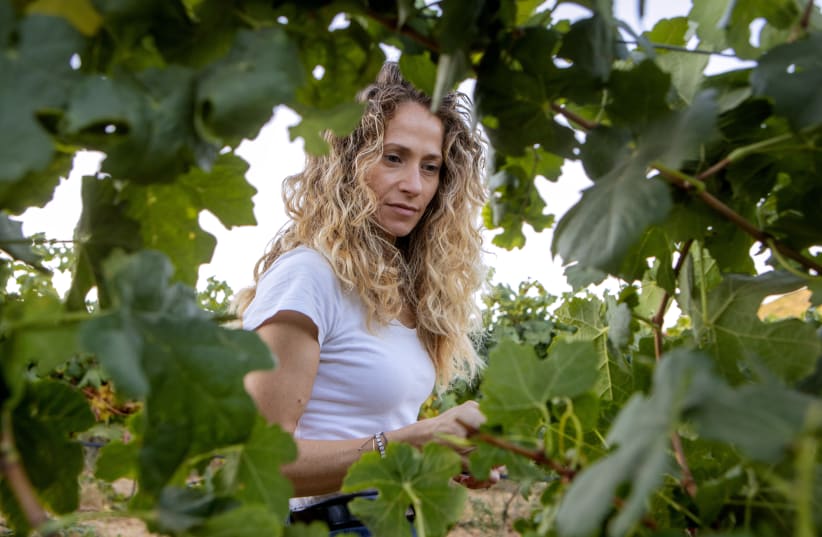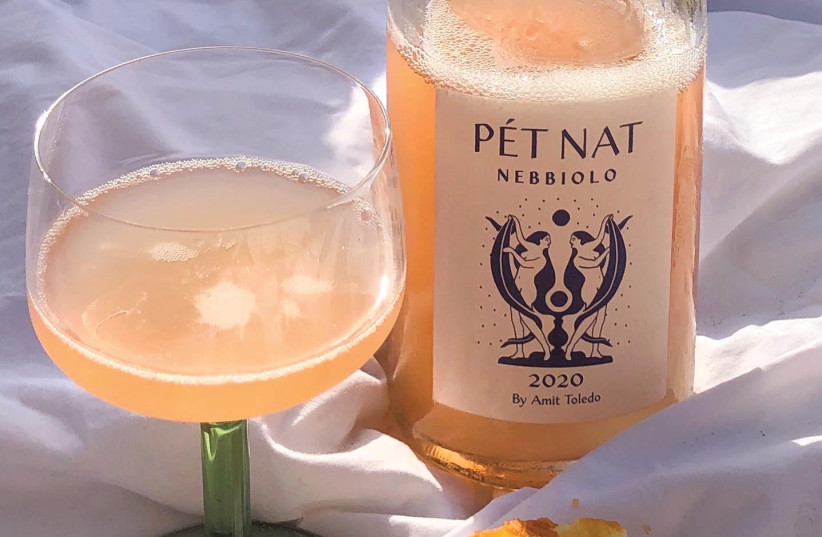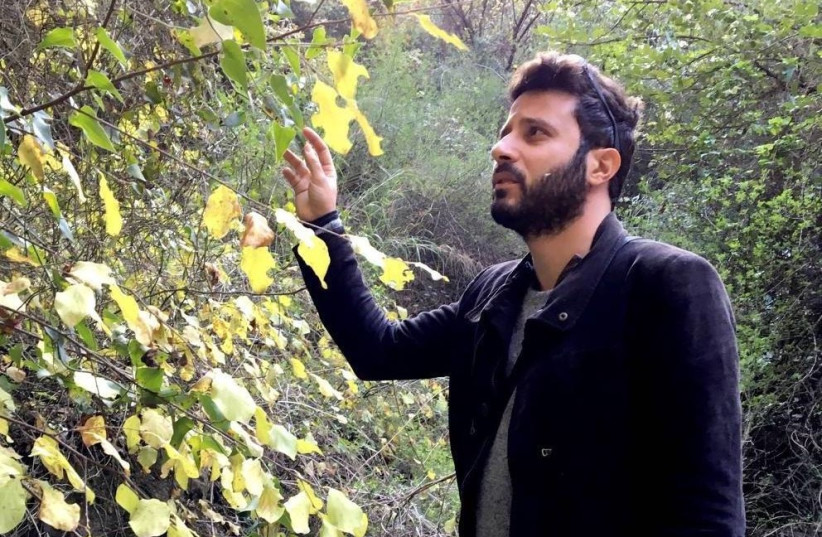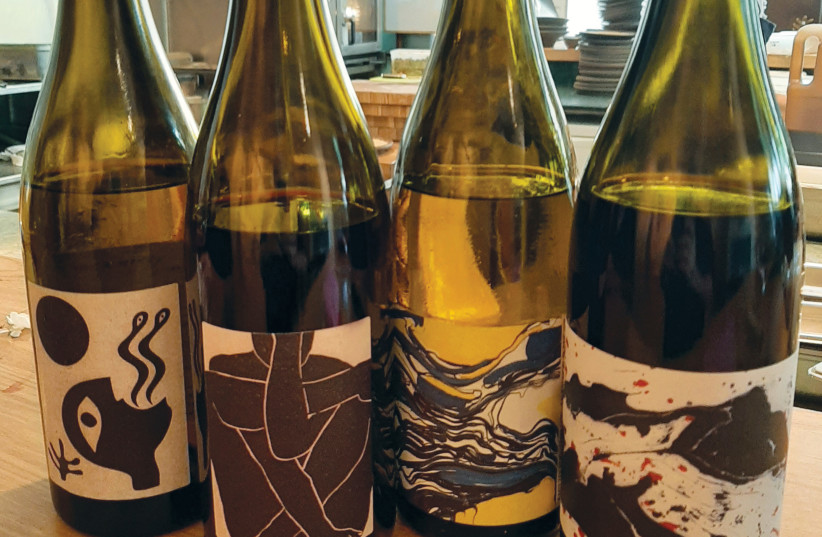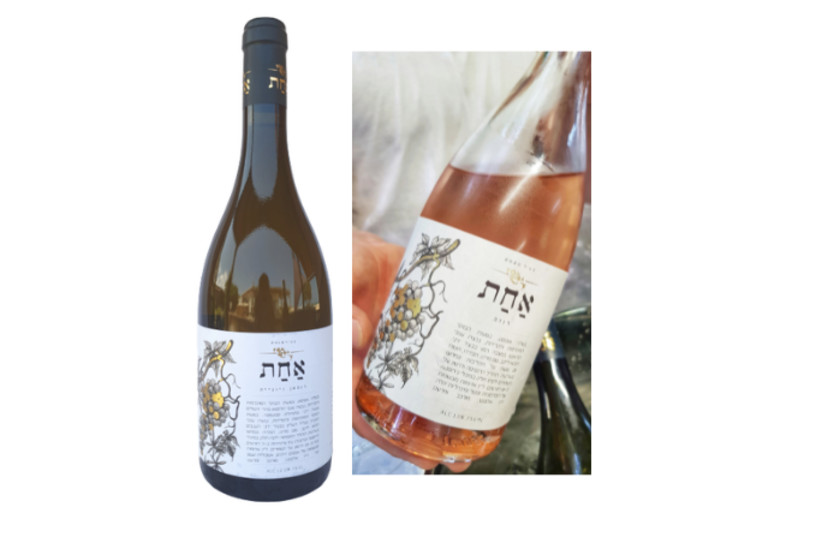I think of the wine industry like a pond of ornamental goldfish – and there are fish of all sizes.
The largest big fish in a small pool are the four giant wineries, which all produce more than 5 million bottles a year: Barkan-Segal, Carmel, Teperberg and Golan Heights. They dominate and eat most of the food. Barkan, Carmel and Teperberg, in particular, supply wine at every price point, from pouring wines in banqueting halls to inexpensive wines in supermarkets and beyond.
All four also arrive at NIS 200-plus a bottle for their prestige wines. They are very large wineries by any accounting.
There are nine other large goldfish. The well-known ones are Tabor, Binyamina, Tishbi, Recanati, Dalton and Galil Mountain. Then, there are what was once known as the Jerusalem wineries: Arza-Hayotzer, Zion and Jerusalem. They are older and more historic than the others, but paradoxically are newer regarding quality wines.
Once known for kiddush wine, grape juice and cheap wines, they have all gone through a makeover in the last 10 years. Between all the large wineries, they eat anything from 90-95% of the cake.
There are few medium-sized fish. These include wineries like Castel, Mony, Or Haganuz, Pelter, Psagot and Tulip. Absurdly, there are no official figures. The larger wineries themselves tend to exaggerate production figures upward, while the smaller wineries tend to underestimate. It all depends how they perceive what is in their interests to be seen.
Most of the pond is taken up by hundreds of small fish all competing for food and space, trying to get noticed. These are the small, boutique and “garagiste” wineries. Each is made by an individual with character, but if you don’t get to meet one by chance, you just don’t see them and they all seem the same.
Finally there are the minnows, the tiny fish. Some have dreams to grow, others are happy with their lot, making wine as a hobby rather than a living.
The pond is overcrowded, but if you look, your eyes become accustomed and in time you see more and more. You may see a fish that stands out because it has a stripe or color that grabs your attention. One moment it is there, but when you look again, you can’t see it.
The colorful minnows are rare. They stand out to those that see them, but to most they are beyond reach. There are wineries like this, with tiny production. Most of their wines are snapped up by restaurants in the know, but they offer something that is original and of excellent quality. It is worth drawing attention to them.
TWO WINERIES are little known to the general public, but well known to wine professionals. The stars I am talking about are Amit Toledo Wines and Ahat Winery.
Amit Toledo is a charming, gentle, cerebral figure, with a deep spirituality. He makes non-kosher wine in a kosher winery. He was attracted to wine as a medium that connected man, culture and nature. His beginning in wine was fairly conventional, but it was only later he veered off from the regular to the individualistic.
He studied wine at Tel Hai College under Dr. Yair Margalit and worked as a sommelier at the Al Hamayim Restaurant in Herzliya with Yael Sandler, a lovely person who uniquely reached the heights both as a sommelier and winemaker. He went to study oenology in Florence. Then he worked for a number of famous wineries, including Valdipiatta in Montepulciano, Borgo del Tiglio in Friuli, and Cloudy Bay in New Zealand. These are some iconic names.
His break came in 2014 when Koby Shaked contacted him. Shaked is a family company with fingers in the pie across the spectrum. They are producers-importers-distributors and retailers. Their brand Trio Winery needed a winemaker and the wines were made at the Ramat Naftaly Winery in the Upper Galilee. Toledo first came to my attention as winemaker of Trio and for three years he made their wine, gaining experience and notice.
What he saw in commercial wine-making, he did not like. So he decided he would make his own wine following a few principles. He practiced non-intervention winemaking, using natural yeasts and minimum or no additions of sulphur, the accepted disinfectant in winemaking. He decided he wanted to make bright, juicy and refreshing wines suitable for matching Israeli cuisine and for drinking in our hot, humid climate.
He determined he would not add anything to the wines that he could not share openly, and he would only make wines that he himself wanted to drink. Such is the luxury of the small winery. He produces 15,000 bottles. Perhaps most tellingly, he describes his wines as joyful wines, and they really are.
He does not use capsules, because they are wasteful, and his original labels and logos are all part of his own artwork done with a friend. There is no information or writing on the front labels at all. Amit Toledo wines are the ultimate personal expressions.
I first tasted his Mediterranean blend by buying a bottle in a restaurant and taking it home. It was as alive as all the descriptions. The bottle was finished quickly.
We met to taste the new 2020 wines. The Riesling was from the ailing Kayoumi vineyard, where Carmel’s groundbreaking Riesling came from. It was wild with a sour apple character. Then a Sauvignon Blanc-Semillon blend from Kfar Shamai and Elkosh vineyards, which was hard, acidic, but complex and flavorful. Unlike most Israeli whites, where tropical notes dominate, these are texture wines where the mouth feel is more noticeable.
While tasting them, he explained that he does not believe grape variety typicity is important, when the expression is authentically that of a specific vineyard in a given year. Unlike many whites that benefit from early drinking, these would both benefit from extra bottle age. However they will be sold out before they are given the chance.
Immediately drinkable was the Amit Toledo Single Vineyard Syrah from Neve Ativ. Juicy with gluggable acidity, comparatively low alcohol and a fruit-driven elegance, it demanded drinking. His Syrah-Mourvedre-Carignan (from the Golan, Judean Hills and Mt. Carmel regions) was my favorite. Broader flavored than the Syrah, slightly more spicy and chewy, but with the same quaffable character. Both should be served chilled.
Other expressions I want to taste are his Nebbiolo Pet-Nat (naturally sparkling), his Gamay Noir and Vermouth. A rare talent. He spends a fair part of the year in Greece where he is developing his own project. Let’s hope he is not lost to Israel when his plans there come to fruition.
AHAT WINERY only produces 5,000 bottles of white wine and rose. It is owned by Nitzan Swersky, a talented and experienced winemaker. She also had a conventional beginning. She was drawn to wine through restaurant work and working as a wine waiter. She took her first course at Ish Anavim, then studied oenology at the University of Milan. This was when I first met her.
She volunteered to help on our stand at Vin Italy, where I was representing Carmel, Yatir and 10 wineries under the Handcrafted Wines of Israel banner. She worked at wineries in Italy and continued her studies in Spain, followed by working in South Africa at Mulderbosch Winery. She joined Barkan Winery, and did two harvests there.
She soon realized the large corporate winery was not her dream, but she gained from the experience. In 2014 she decided to make her own wine and she was a pioneer in a few ways.
Firstly, she called her winery Ahat, the feminine of Ahad (one). Then, she decided only to make white wines, being a forerunner to the return of white wines. She decided to avoid the obvious varieties of Chardonnay and Sauvignon Blanc, and instead make wines from Chenin Blanc, Roussanne and Viognier.
She shied away from the large commercial production and sought to satisfy “a passion for making and creating,” stemming from a love of nature and wine. She makes wine at Soreq Winery and has her own vineyard that she is developing at Kfar Shamai in the Upper Galilee. Swersky is one of our top-notch winemakers.
Her regular wines are Ahat Chenin Blanc, from Mitzpeh Ramon and Ahat Roussanne Viognier (from Jerusalem Hills and Upper Galilee vineyards.) I tasted the 2019’s. If I had to name the best Chenin Blanc from the Negev, this would be it. It illustrates the potential of this variety and that the desert climate is a place it seems to thrive.
The Chenin has delicate but tantalizing stone fruit aroma, a minerally mid palate with some fatness, great acidity and a long refreshing finish. Leave it in the glass as it warms slightly and it shows more complexity than most.
The Roussane Viognier is aromatic with delicate tropical fruit, and a grassy character. It has pleasing acidity and very good length. It is a lovely wine made with two varieties well suited to Israel. The body and aroma of the Viognier match so well with the herbal flavor and acidity of the Roussanne.
Now she has launched a rose for the first time. The Ahat Rose 2020 is crisp, fresh with an onion skin color. A beautiful rose and perfect for our climate and cuisine.
Israel is awash with wineries, but when the tide goes out, look under the rocks, and you can find hidden gems. Both Amit Toledo and Nitzan Swersky are rare talents producing super wines. They are loyal to their own truths, and if you come across them, do not miss the chance to try their unique expressions.
The writer is a wine industry insider turned wine writer, who has advanced Israeli wine for 35 years. He is referred to as the English voice of Israeli wines and is the wine writer for The Jerusalem Post. www.adammontefiore.com
